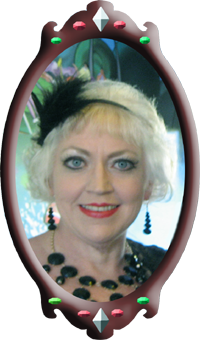THE FENG SHUI PHILOSOPHIES OF
YIN AND YANG
To the ancient Chinese, Yin ( represented by the broken line ) had connotations of; "shady, secret, dark,
mysterious, cold.
Yang, the opposite of Yin, ( and represented by the unbroken line
) links to ideas of "clear, bright, the sun, heat".
From these basic opposites, a complete system of
opposites was developed.
Yin represents everything about the world that is
dark, hidden, passive, receptive, yielding, cool,
soft, and feminine.
Yang represents everything about the world that is
illuminated, evident, active, aggressive,
controlling, hot, hard, and masculine.
Everything in the world can be identified with
either Yin or Yang. Earth is the ultimate Yin object. Heaven is the ultimate
Yang object.
Although it is correct to see Yin as feminine and
Yang as masculine, everything in the world is really
a mixture of the two, which can mean
that female beings might actually be mostly Yang and
male beings might actually be mostly Yin.
The familiar diagram ( at the top of this page), shows Yin and Yang flowing into
each other, they do not merely replace each other
but actually become each other.
When it comes to the "five elements", earth, water,
and wood are
clearly to be associated with Yin. Water, the
softest and most yielding element, becomes the supreme symbol of Yin
and Fire (the hottest element) and metal (the hardest) both
are associated
with Yang.
I CHING
The ancient Chinese thought of South as being the top of their
compass, so the diagram at the top of the page has pure "Yin" ( 3 broken
lines ) in the South-West, and pure "Yang" ( 3 unbroken lines ) in the
North-West.
The I Ching is based on the principle of a broken
line, representing
Yin, and an unbroken line, representing Yang. ( These surround the Yin
and Yang symbol at the top of this page).
The I Ching groups the lines into sets of threes
(the trigrams) and
into sets of sixes (the hexagrams).
There are eight trigrams: The arrangement of the
trigrams around
the compass reflects Chinese geomancy (Feng Shui),
i.e. the determination of the auspicious or
inauspicious situation and orientation of places
(cities, temples, houses, or graves). Chinese
cities are properly laid out as squares, with gates
in the middle of
the sides facing due north, east, south, and west.
The diagonal directions are then regarded as special
"spirit" gates: Northwest is
the Heaven Gate; Southwest the Earth Gate; Southeast the Man Gate; and Northeast the Demon Gate. The
Northeast was thus the direction from which
malevolent supernatural influences might
particularly
be expected.
This illustrates an important aspect of the theory
of Yin and Yang: Because the "Way of the Tao is
Return," Yin and Yang, when they
reach their extremes, actually become their
opposites. The "old" lines therefore change into
their opposites, giving us two hexagrams if
any changing lines are involved: the first hexagram,
representing the current state of affairs; and the
second hexagram, after the changes have been made,
representing the future state of affairs.



